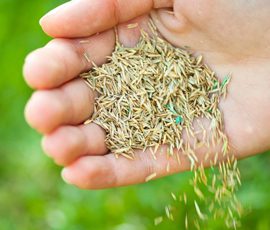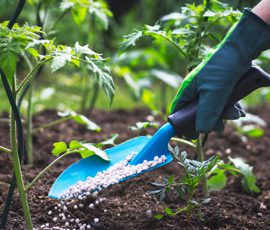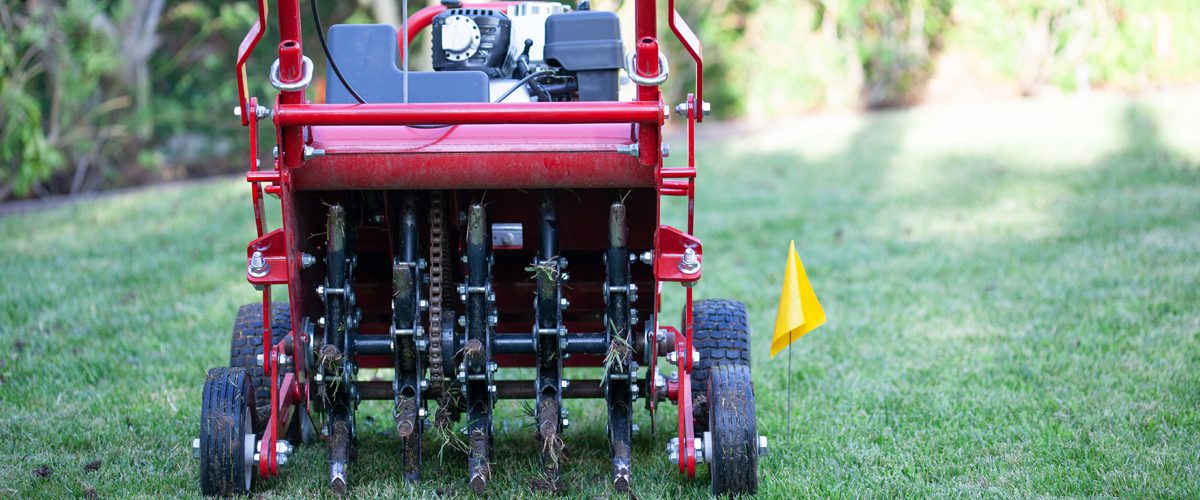
If you want to make sure your lawn stays healthy all year round, then you need to remember to aerate it in the seasons that will benefit it the best. For most Canadians, this means springtime and fall. If you want to learn a bit more about the process, then keep reading to find out why it’s essential to aerate your lawn in the fall.
What is aeration?
Aeration is the process of making holes, divots or slices in your yard to allow for water and air to reach the roots of the grass properly. It’s the best way to fix issues with compacted soil, and it’s a great way to get your lawn ready for the wintertime. Aeration is for every type and size of lawn, and it’s something you can do yourself if you have the right equipment.
When the aeration tools are used, the roots will split and divide themselves, which will allow for more grass to grow. It will also break up the extra layer of dead grass called “thatch” that builds up after constant mowings and impedes grass growth.
Why should I aerate my lawn?
If your lawn doesn’t get much foot traffic, then you might get lucky, but many people end up with a yard that has started to become uneven or bumpy. If you find large puddles, patchy spots or areas of your lawn that are always damp, then it’s probably time to look at aerating your lawn.
One of the best ways to check and see if you should aerate your lawn is to do a simple test using a screwdriver. Find a commonly used part of your yard and use a screwdriver to puncture the ground. If you find it challenging to get through, then your lawn is likely compacted.
Why should I aerate in the fall?
The winter season can be harsh on your lawn, so you want to make sure you are doing everything you can to keep it healthy over the winter. This means doing a bit of work to prepare it for the colder temperatures and harsh winds that come along and it’s good to know when to aerate your lawn in Ontario. There are a few things you can do to prepare your lawn, but aeration is one of the best ones to ensure your lawn will grow back healthy when the warmer temperatures return.
Fall is also a season that usually results in quite a bit of leaves and debris in your yard, and this is another excellent reason to aerate it. Just like thatch, leaves and sticks can bond together and create an impenetrable barrier that your grass won’t be able to break through. In some situations, the fallen leaves will provide the grass with extra nutrients, but that’s only if they are mulched enough to allow the grass to poke through.
And finally, fall is a season that tends to be pretty wet for some areas, and any puddling isn’t good for your lawn. If your yard feels spongy to the touch, then there’s too much water, and aerating is a great way to allow the excess moisture to drain freely into the soil. Too much water will drown the roots, and it might even result in mold.
How do I aerate my lawn?
You can aerate your lawn in a few different ways, but there are primarily three different styles that you can choose from.
Spikes: Spike aeration involves poking holes into the lawn using multiple small points at a time (either using a roller or by walking on your lawn using special spiked shoes), and it’s a quick way to produce small holes that are perfect for allowing a bit of water to seep into the roots.
Slicing: If you have a significant problem with your thatch, you should consider using slicing as your aerating technique. These machines use blades to cut right through the thatch without damaging the grass underneath. This is perfect for anyone who has a major issue with debris or excess lawn clipping buildup in their yard.
Coring: this is one of the most common aeration techniques for larger areas like soccer fields or smaller parks, but it can be very beneficial if you want to use it in your yard. Coring uses a machine that penetrates the ground and pulls out a small plug of soil. The soil is then left on top of the earth to disintegrate naturally while allowing larger amounts of water to mingle with the roots.
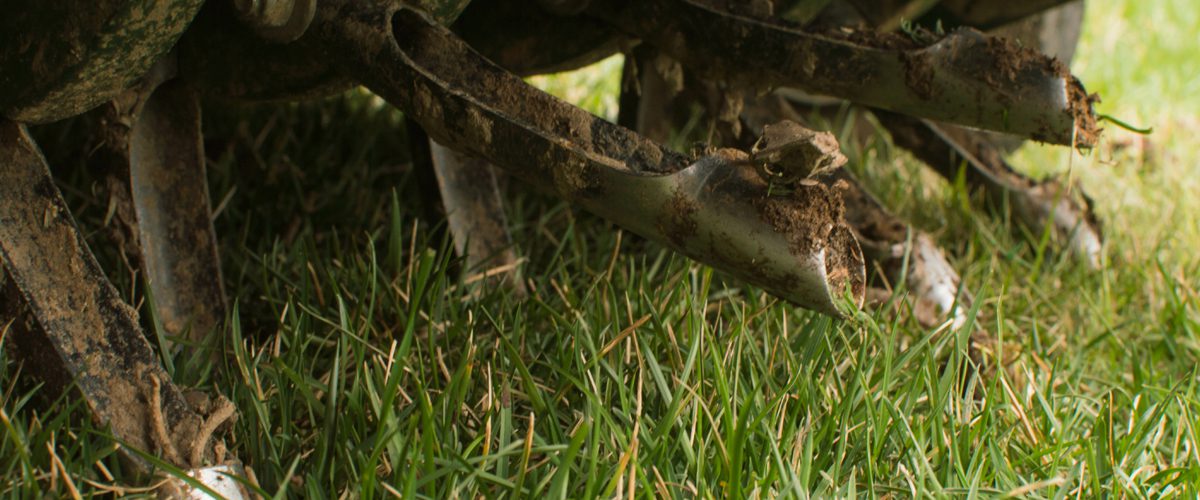
Manuel vs Powered
Each of these aeration styles requires some sort of equipment, and you will usually be choosing between a motorized or a manual version. Both of these can be purchased at a hardware store, but the manual version will always be much less expensive.
If you have a large yard, then motorized is probably your best choice as they will run at a reasonably quick speed (similar to a lawn mower) but for smaller yards, stick with buying your own manual aerator. If you need a motorized aerator, but you don’t have the money or space for it, then you can always look into a local business that does equipment rentals, as they will likely have one available for you.
Can I do this myself?
You can definitely do this yourself if you have the proper knowledge and equipment, but you can always call in a landscaping expert if you want it done correctly by a professional. This is also a good idea if you are unfamiliar with the equipment or you don’t know what will work best for your yard.
The key is to know when you should aerate and when you shouldn’t. If you overdo it, your lawn will end up a muddy mess that will make it difficult for grass to even sprout. On the other hand, if you don’t know when to do it, then your lawn will wind up as patchy as a teenager’s first beard.
Aeration time also depends on the type of grass you have growing on your lawn. Cool season grasses (like ryegrass, fescue, and bluegrass) will benefit quite a bit from fall aeration, but warmer season grasses (such as Zoysiagrass, Bermuda grass, and buffalograss) might have a better chance with a spring to summer aeration.
Is aeration all my lawn needs?
If you want to ensure that your lawn will remain healthy and luscious over the winter, then after aeration is the best time to do some extra fertilizing and seeding. The new holes created by the aeration are perfect for allowing fertilizer and seeds to go under the soil and help out the existing lawn. If you have been wondering what to do after aerating your lawn, look into seeding and fertilizing.
Preparing your lawn for the winter means giving it a bit of extra care so it can continue to thrive, just like a bear does before it hibernates for the wintertime. By depositing fertilizer and extra seeds, you are helping the lawn go into sleep mode and live off of the extra nutrients. The extra seeds will help your lawn recover when the warmer months roll in, and the holes will allow the fertilizer to get right into the roots instead of sitting on the soil.
What time is the best time to aerate my lawn?
We already mentioned how fall and spring are going to be the best times to aerate your lawn but what time in the day is best? Aeration after a major rainfall will make it easy on your equipment as the lawn will be nice and squishy. If you have an irrigation system, then you can run it at an off time to get your lawn moist and ready to be aerated.
You should try and do your aeration on a day that isn’t too warm or windy, especially if you’re seeding. You don’t want all of your hard work seeding to be blown away with a big gust, and you also don’t want your aerated lawn to get too much sun damage. You only need to go over your yard one time, but you can do a double pass if you feel it’s necessary.
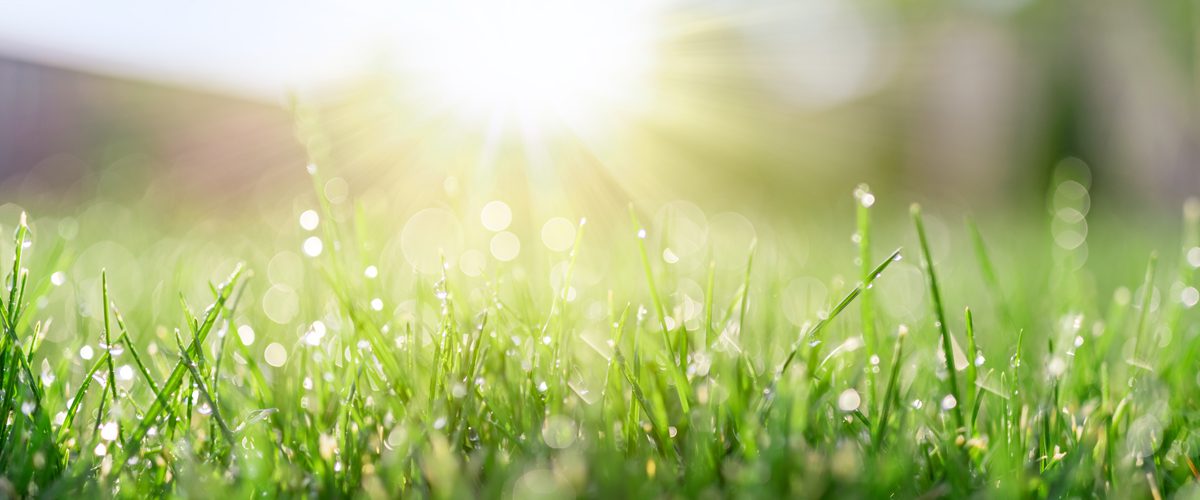
Anything else to remember?
If you are using a powered aerator, you should treat it like a lawn mower and make sure you know how it works before you start. Make sure you know where the power lever and lifting lever are before you start, or you might end up tearing your yard up. You should also wear basic safety equipment (safety glasses, steel toes, and long pants) while you are operating it.
You also need to keep powered aerators away from pavement and gravel. They can easily scratch up your nicely paved driveway if you leave the tines down when you roll it on. Gravel is another major hazard as the machine can spit rocks out or even become damaged inside if you get something stuck in there. These machines are expensive ($500-$2000), and you don’t want to damage them.
Aerating your lawn is one of the best ways to keep it healthy, as long as you know how and when to do it. As long as you do some research into the equipment you are using (YouTube is excellent for aerator tips and tutorials), you will find it easy to make sure your lawn is maintained and ready for wintertime. Use some of these great tips on aeration to understand the process a bit better.
